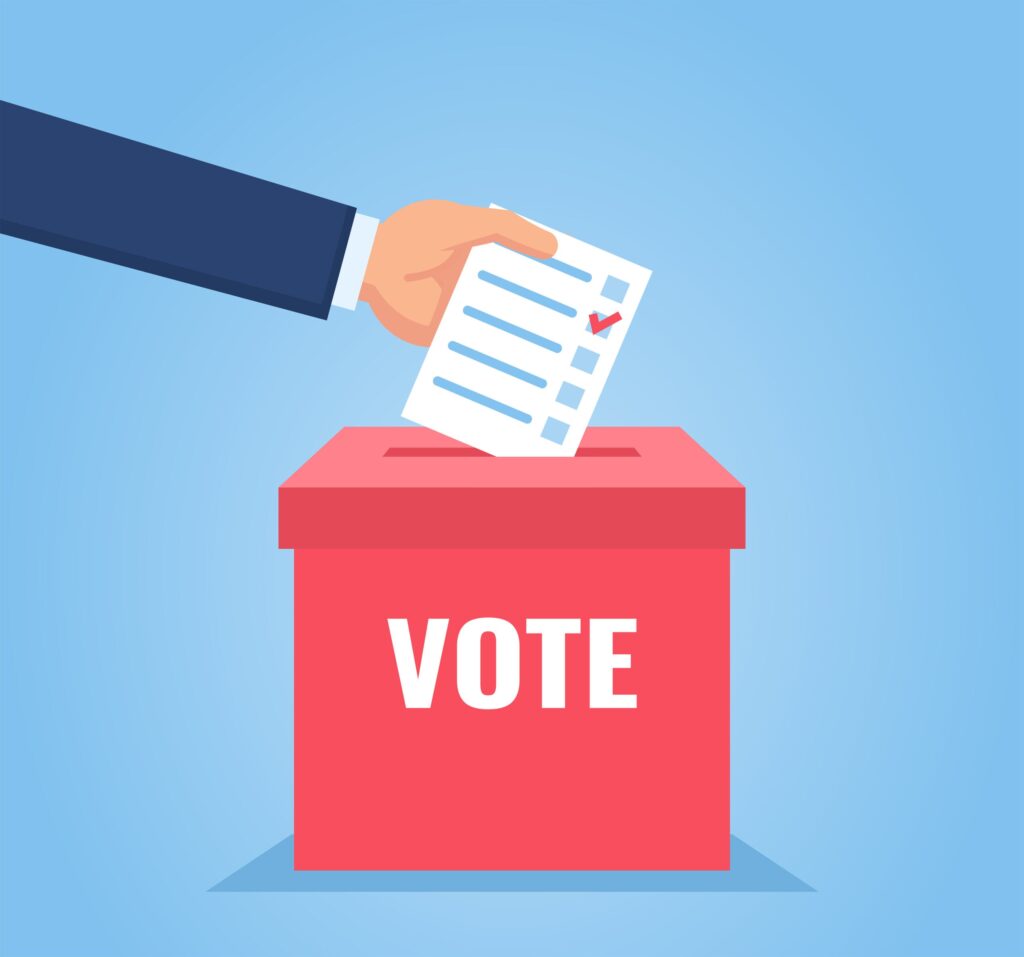
Standardized customer data can lead to gains for numerous departments in an organization. Getting to that point and creating a clear view of your customer can be a challenge.
The definition of trusted data must be agreed upon by various groups within an organization, including customer service, marketing and finance, says Frank Guastafeste, associate director, customer data governance at academic publisher John Wiley & Sons.
“Different departments may advocate for different customer data standards,” says Guastafeste, who spoke at Martech East in Boston last week.
With the help of Informatica, John Wiley went through a SAP ERP (enterprise resource planning) implementation to improve its own customer data governance, looking at data from multiple sources. At the end of the process, its data accuracy improved from 40 percent to 97 percent.
It may sound basic, but it is important for different teams to agree on how they define the basics, such as what constitutes a customer, what you include in the definition of a customer name, the methods of contacting a customer, and what elements are necessary for an address to be considered valid.
All of this information serves as the foundation for creating a portrait of your customer identity, says Guastafeste. This can have numerous benefits for all areas of your organization.

A clear customer identity enables marketing to detect correlations in purchasing patterns throughout the entire lifecycle, and maximize marketing spend. It can also increase their ability to generate unique leads, and minimize redundancy in targeting.
For sales, it can help them find new opportunities within existing customers, and compare existing customers to prospect accounts. The benefits to the customer service team include the ability to better automate processes such as call routing, and access to more accurate personal and transactional data.
One thing to keep in mind when creating a customer identity is to make sure you are defining customers as they see themselves, not as how you wish to represent them, Guastafeste notes. For example, a teaching hospital may—or may not—primarily view themselves as academia, and that can be an important distinction.
When looking at your information, small details matter. For example, in a customer name, you need to make sure that first and last names are in the correct fields. For names of organizations, consider whether you have multiple variations on a name in your system—some could include things like unneeded hyphens, or the word “and” in one, and an ampersand in another.
Phone numbers and physical mailing addresses should conform to the correct format for their country of origin. “Having a name alone is of limited value if you don’t have a way of contacting that customer,” Guastafeste notes.
When looking at cleaning your customer data files, things to consider include the CASS (Coding Accuracy Support System) certification process, which can help evaluate the quality of address matching software; NCOALink (National Change of Address), which keeps track of 160 million change of address records filed with the USPS; and ECOA (Email Change of Address) services, offered by numerous vendors. These can help marketers maximize deliverability and reduce the risk of being blacklisted by ISPs.
Related Articles:
The True Tale of Johnny Cupcakes



